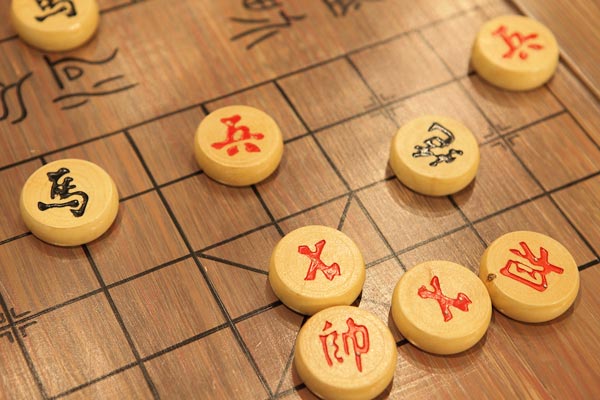Miao ancient songs, local traditional folk literature of Taijiang County and Huangping County, Guizhou Province, China, one of the national intangible cultural heritage.
The content of Miao ancient songs is all-encompassing, from the birth of the universe, the origin of human beings and species, the creation of the world, the prehistoric period, to the great migration of the Miao people, as well as the ancient society, material production, daily life of the Miao people, etc., almost everything is included. The total number of Miao ancient songs is more than 10,000 lines, and different versions are circulated in different regions, and even different singers sing different versions. The Miao ancient songs circulated in Taijiang County, Qiandongnan Miao and Dong Autonomous Prefecture, Guizhou Province, are the most typical and representative versions of Miao ancient songs.

Artistic characteristics
It consists of 5 parts: gold and silver songs, ancient maple songs, butterfly songs, floods and migration up the river, with a total of 15,000 lines. The mysterious ancient songs range from the birth of the universe, the origin of humans and species, to the great migration of the Miao people, the social system and daily life of the Miao people. They are large in length and all-encompassing in content.
Ancient songs are mostly sung at Miao drum festivals, wedding activities, gatherings of relatives and friends, festivals and other occasions. The singers are mostly elderly people, wizards, singers, etc. The characteristics of ancient songs are five-character style, with questions and answers, and singing bones and flowers alternately. The poems are narrated in a way of comparing ancient and modern times. Each verse can be chanted repeatedly.
The classification of Miao ancient songs varies. According to the Miao ancient songs published and collected by people, from the perspective of convenient customary law research, they can be roughly divided into four categories: the first category is mythological ancient songs; the second category is historical ancient songs; the third category is litigation ancient songs; the fourth category is marriage ancient songs. The singing form is in the form of pan-song, usually composed of 4 people in two duet groups. Party A asks questions first, and Party B repeats Party A's questions before answering; after Party B answers, Party A immediately asks questions, and Party A repeats Party B's questions before answering, and so on and so forth until the end.

Singing method
In the actual singing scene, Miao ancient songs usually include song bones, song flowers, phrases, and interludes.
"Song bones" is a concept relative to "song flowers", and is called "hsongdhxak" in Miao language. Hsongd means bone; hxak means song. From this, we can see that "hsongdhxak" is actually the skeleton and backbone of the song, so it is called "song bones". The part of the ancient song that mainly narrates specific things is the song bones.
"Song flowers" is a concept relative to "song bones", and is generally called "bangxhxak" in Miao language, or "hxakbangx". Bangx means flower. The former is directly translated as song flowers, and the latter is directly translated as flower songs. There are two main reasons why this kind of "accessories" of ancient songs are called song flowers or flower songs: one is because when singing ancient songs, it is an embellishment like a decoration; the other is because it focuses on lyricism, like the fragrance and beauty of flowers.
In the narrative process of Miao ancient songs, the set phrase is not only a sign that each song is divided into several parts, but also a "signal" that connects the content of each part or the two groups of duet singers, prompting the other party of the duet that it is their turn to sing. Sometimes the set phrase and the song flower are intertwined. It has the function of connecting the upper and lower parts, and also has the content of expressing modesty and praising the other party.
In the process of singing ancient songs, when one party sings a song flower or set phrase, the other party can have a brief "insert song". Its content mainly expresses approval of the other party's answer or objection to the question.
The difference between inserting and singing song flowers and set phrases is that the set phrase is after answering the other party's question and raising one's own question, while the song flower is after the other party has raised the question and before the party is ready to answer it. The interlude is when one party sings the flower and the set phrases, and the singing tone is low, generally not higher than the other party, to show respect. This is in terms of the singing period. In terms of content, the interlude is basically the same as the song.

Inheritance significance
The "Ancient Songs of the Miao Nationality" has an important position in the history of Miao society. It is a typical representative of the oral literature of the Miao nationality and an encyclopedia of the ancient Miao society. In addition to its historical, ethnological, philosophical and anthropological value, it also has outstanding educational, aesthetic and entertainment value.




